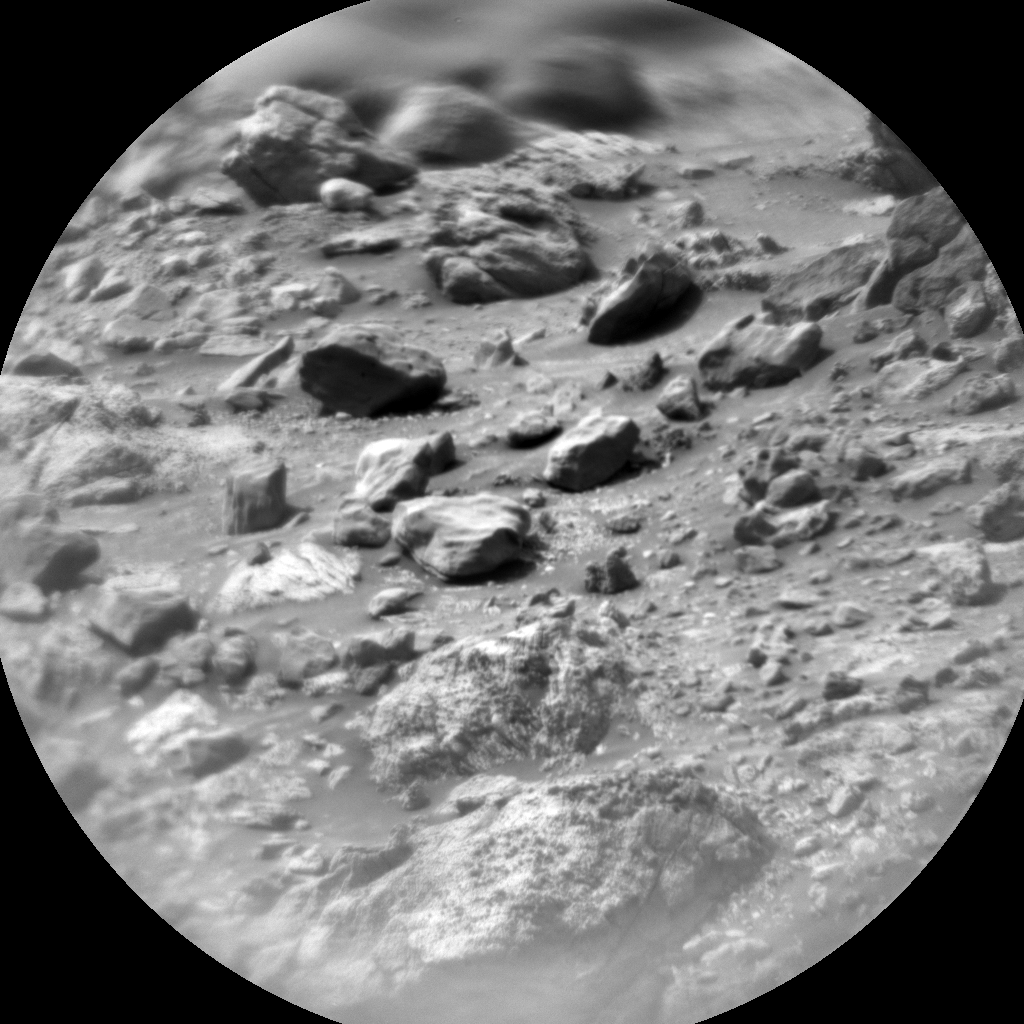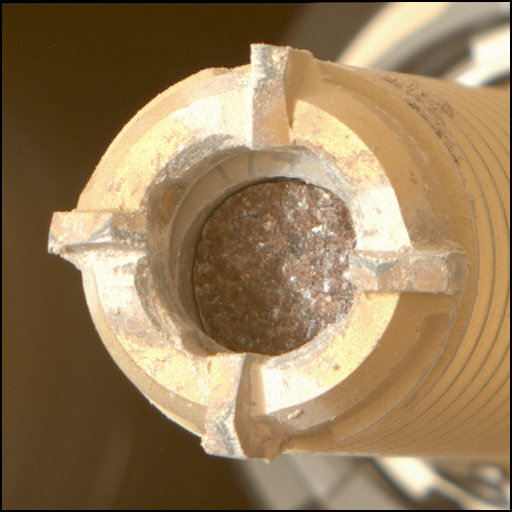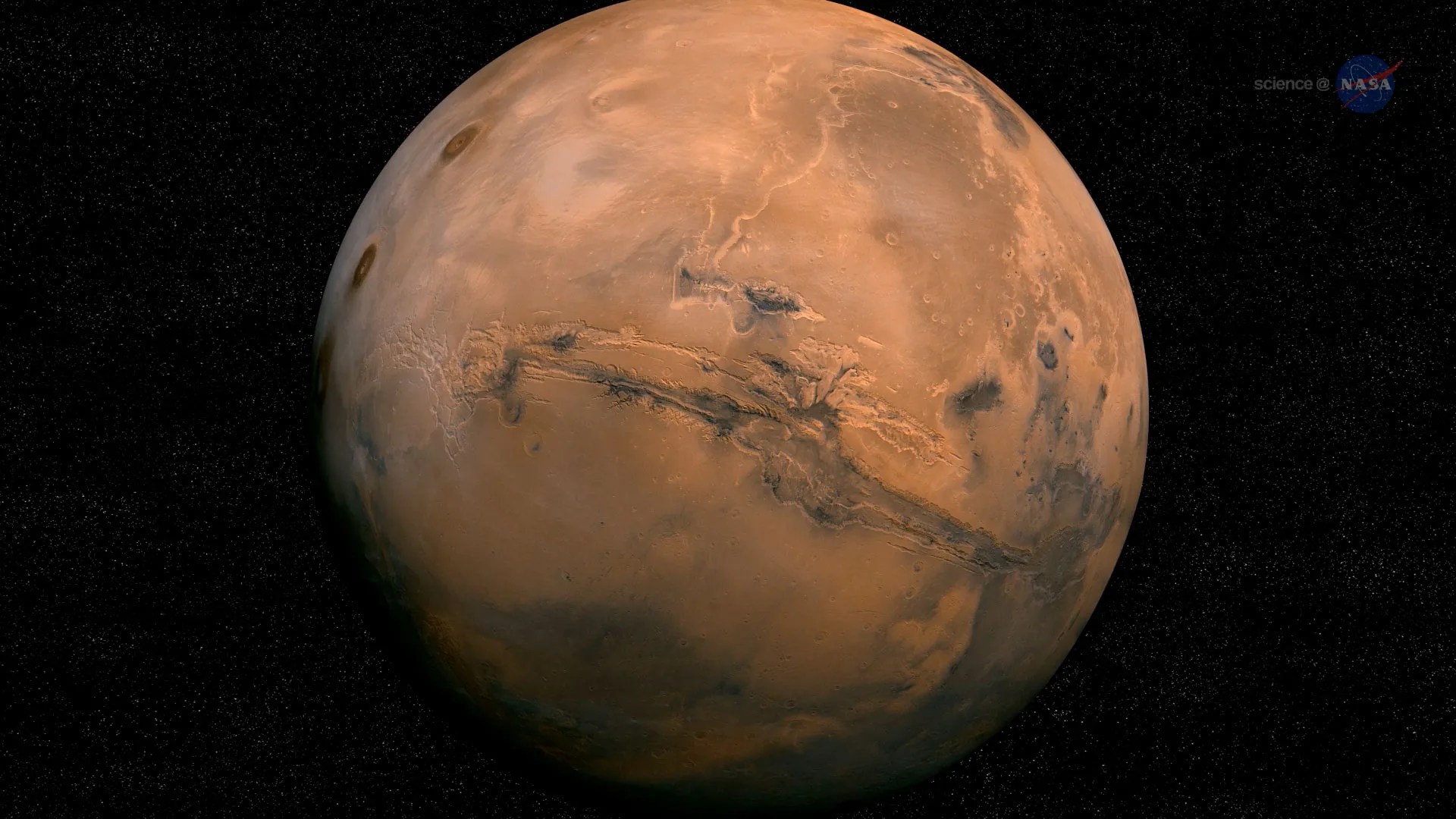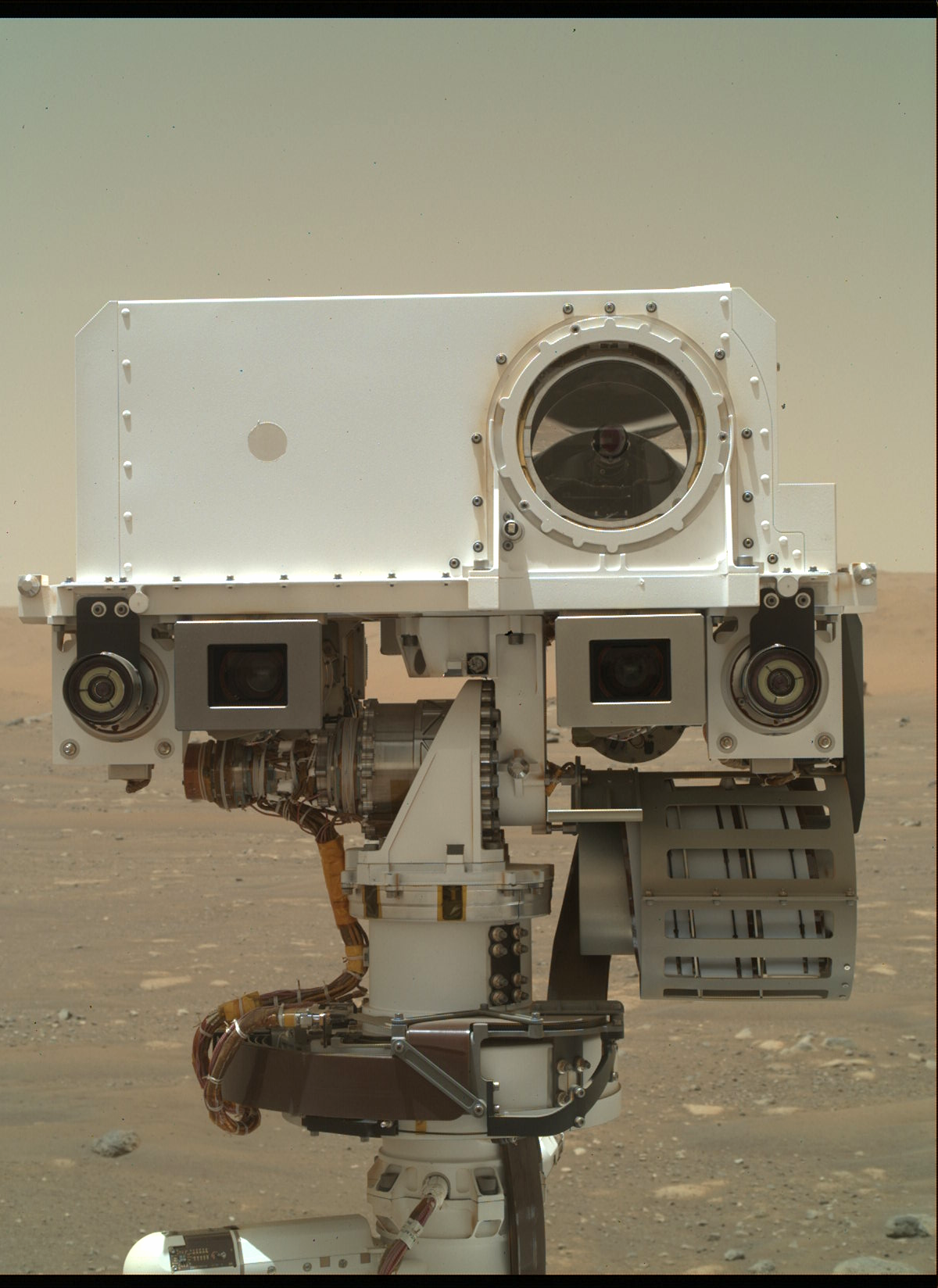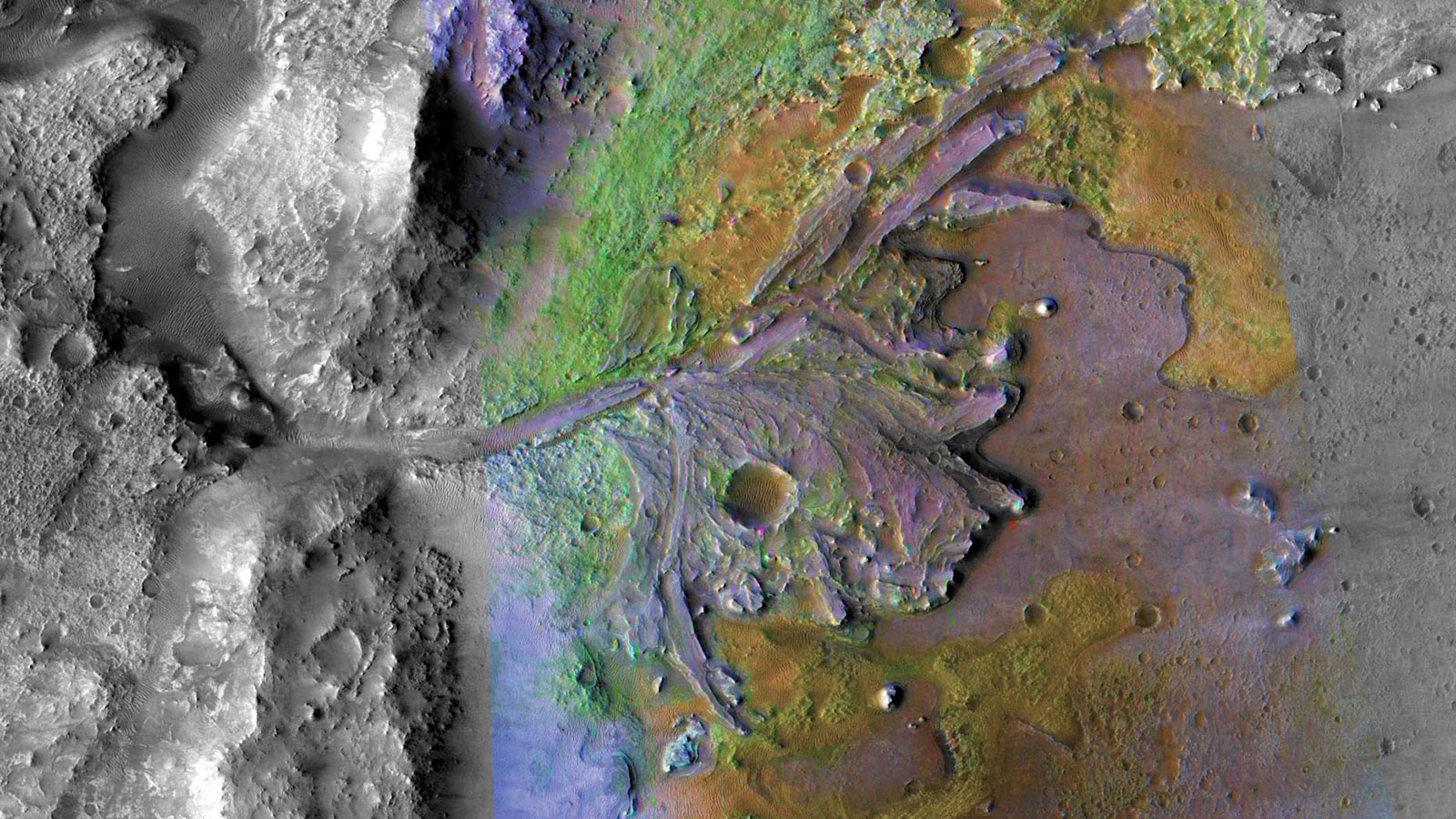3 min read
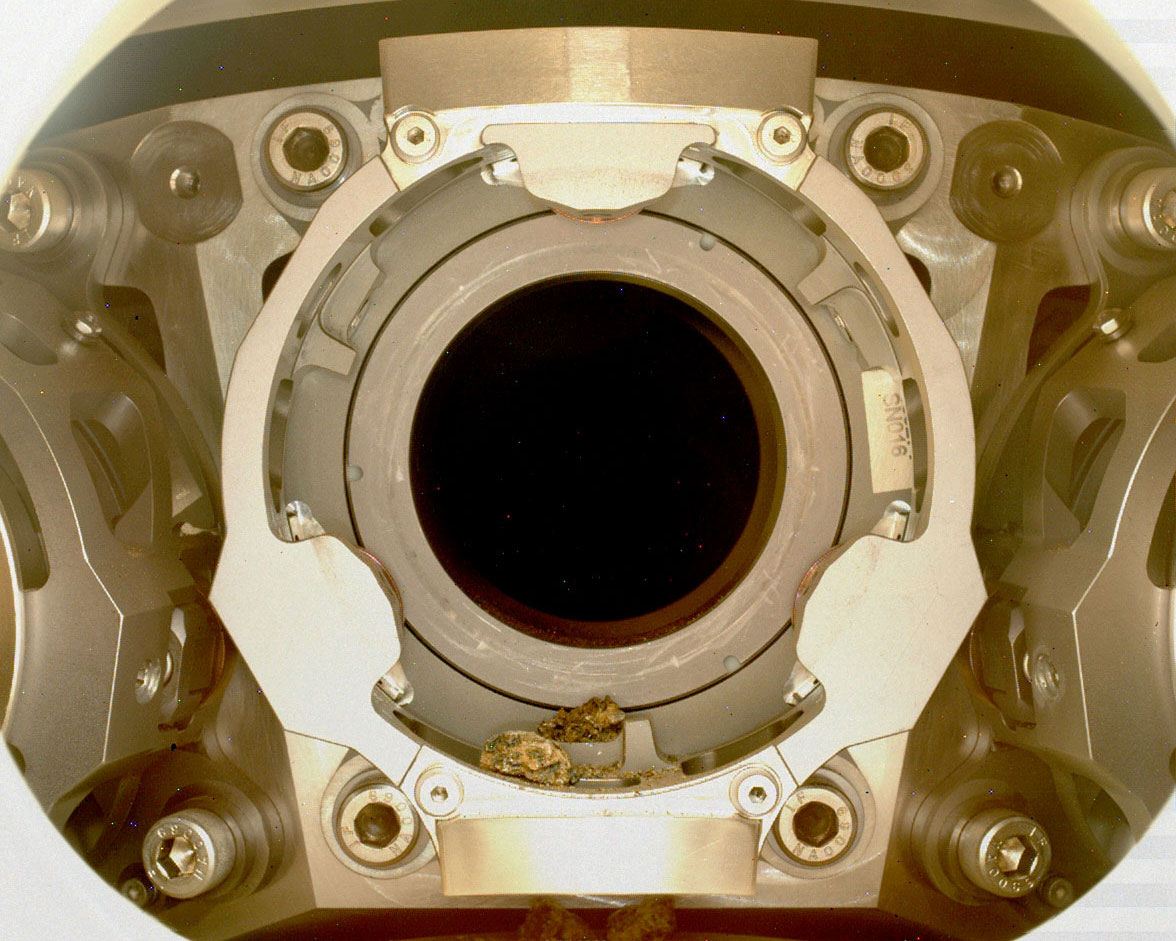
On Wednesday, Dec. 29 (sol 306) Perseverance successfully cored and extracted a sample from a Mars rock. Data downlinked after the sampling indicates that coring of the rock the science team nicknamed Issole went smoothly. However, during the transfer of the bit that contains the sample into the rover’s bit carousel (which stores bits and passes tubes to the tube processing hardware inside the rover), our sensors indicated an anomaly. The rover did as it was designed to do - halting the caching procedure and calling home for further instructions.
This is only the 6th time in human history a sample has been cored from a rock on a planet other than Earth, so when we see something anomalous going on, we take it slow. Here is what we know so far, and what we are doing about it.
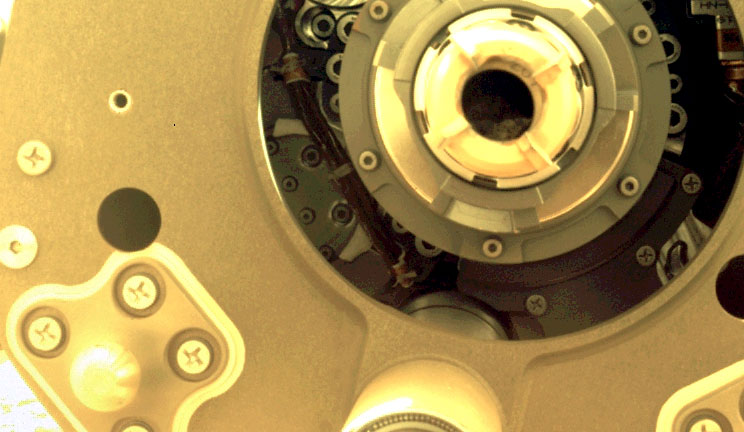
The anomaly occurred during “Coring Bit Dropoff.” It’s when the drill bit, with its sample tube and just-cored sample nestled inside, is guided out of the percussive drill (at the end of the robotic arm) and into the bit carousel (which is located on the rover’s chassis). During processing of previous cored rock samples, the coring bit travelled 5.15 inches (13.1 centimeters) before sensors began to record the kind of resistance (drag) expected at first contact with the carousel structure. However, this time around the sensor recorded higher resistance than usual at about 0.4 inches (1 centimeter) earlier than expected, and some much higher resistance than expected during the operation.
The team requested additional data and imagery to ensure proper understanding of the state post anomaly. Because we are presently operating through a set of “restricted Sols” in which the latency of the data restricts the type of activities we can perform on Mars, it has taken about a week to receive the additional diagnostic data needed to understand this anomaly.
Armed with that data set, we sent up a command to extract the drill bit and sample-filled tube from the bit carousel and undock the robotic arm from the bit carousel. During these activities, a series of hardware images were acquired.
The extraction took place yesterday (1/6) and data was downlinked early this morning. These most recent downlinked images confirm that inside the bit carousel there are a few pieces of pebble-sized debris. The team is confident that these are fragments of the cored rock that fell out of the sample tube at the time of Coring Bit Dropoff, and that they prevented the bit from seating completely in the bit carousel.
The designers of the bit carousel did take into consideration the ability to continue to successfully operate with debris. However, this is the first time we are doing a debris removal and we want to take whatever time is necessary to ensure these pebbles exit in a controlled and orderly fashion. We are going to continue to evaluate our data sets over the weekend.
This is not the first curve Mars has thrown at us – just the latest. One thing we’ve found is that when the engineering challenge is hundreds of millions of miles away (Mars is currently 215 million miles from Earth), it pays to take your time and be thorough. We are going to do that here. So that when we do hit the un-paved Martian road again, Perseverance sample collection is also ready to roll.
Written by Louise Jandura, Chief Engineer for Sampling & Caching at NASA/JPL

